The touchscreen interface aboard SpaceX Crew Dragon is just one of its many differences from past space vehicles, but those big screens make an outsized visual impact. Gone are panels filled with indicator needles in gauges, or endless rows of toggle switches. It looked much like web interaction on everyday tablets for good reason: what we see is HTML and JavaScript rendered by the same software core underlying Google’s Chrome browser. This and many other details were covered in a Reddit Ask Me Anything with members of the SpaceX software team.
Various outlets have mentioned Chromium in this context, but without answering the obvious follow-up question: how deep does Chromium go? In this AMA we learn it does not go very deep at all. Chromium is only the UI rendering engine, their fault tolerant flight software interaction is elsewhere. Components such as Chromium are isolated to help keep system behavior predictable, so a frozen tab won’t crash the capsule. Somewhat surprisingly they don’t use a specialized real-time operating system, but instead a lightly customized Linux built with PREEMPT_RT patches for better real-time behavior.
In addition to Falcon rocket and Dragon capsule, this AMA also covered software work for Starlink which offered interesting contrasts in design tradeoffs. Because there are so many satellites (and even more being launched) loss of individual spacecraft is not a mission failure. This gives them elbow room for rapid iteration, treating the constellation more like racks of servers in a datacenter instead of typical satellite operations. Where the Crew Dragon code has been frozen for several months, Starlink code is updated rapidly. Quickly enough that by the time newly launched Starlink satellites reach orbit, their code has usually fallen behind the rest of the constellation.
Finally there are a few scattered answers outside of space bound code. Their ground support displays (visible in Hawthorne mission control room) are built with LabVIEW. They also confirmed that contrary to some claims, the SpaceX ISS docking simulator isn’t actually running the same code as Crew Dragon. Ah well.
Anyone interested in what it takes to write software for space would enjoy reading through these and other details in the AMA. And since it had a convenient side effect of serving as a recruiting event, there are plenty of invitations to apply if anyone has ambitions to join the team. We certainly can’t deny the attraction of helping to write the next chapter in human spaceflight.
[Photo credit: SpaceX]



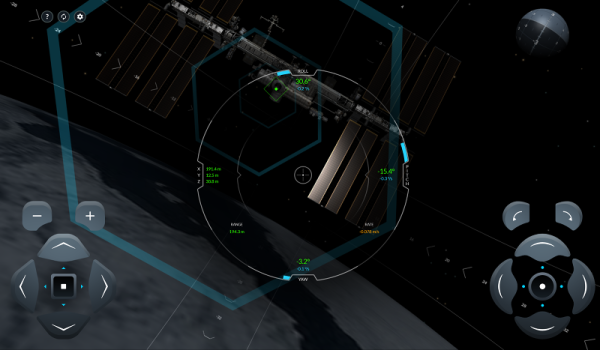
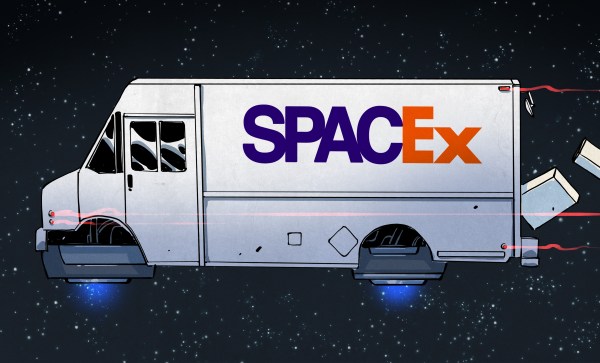


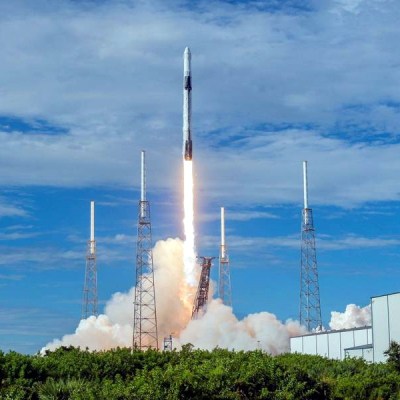 This might seem like an odd way to spend $62 million, but for SpaceX, it’s worth it to know that the Crew Dragon Launch Abort System (LES) will work under actual flight conditions. The LES has already been successfully tested once, but that was on the ground and from a standstill. It allowed engineers to see how the system would behave should an abort occur while the rocket was still on the pad,
This might seem like an odd way to spend $62 million, but for SpaceX, it’s worth it to know that the Crew Dragon Launch Abort System (LES) will work under actual flight conditions. The LES has already been successfully tested once, but that was on the ground and from a standstill. It allowed engineers to see how the system would behave should an abort occur while the rocket was still on the pad, 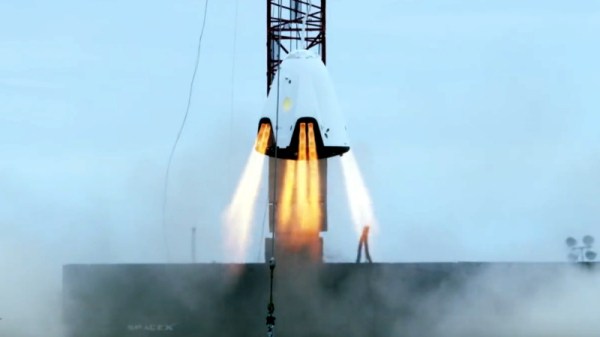

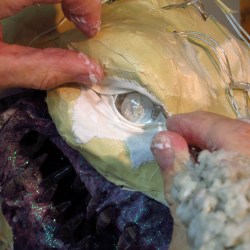 [Dan] feels that paper maché is an under-utilized and under-rated medium, and he puts out some stunning work on
[Dan] feels that paper maché is an under-utilized and under-rated medium, and he puts out some stunning work on 








